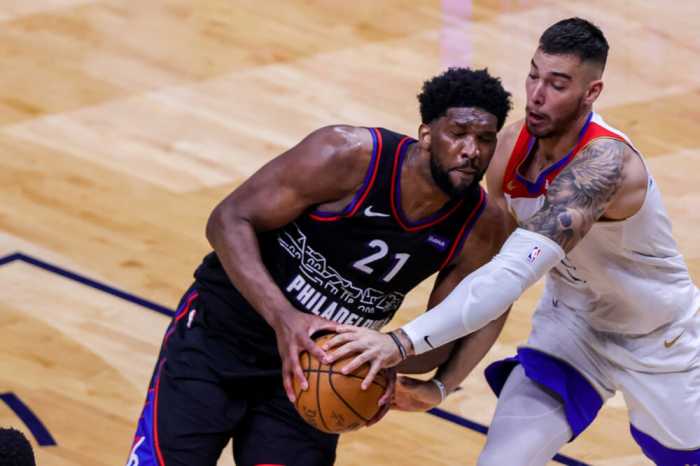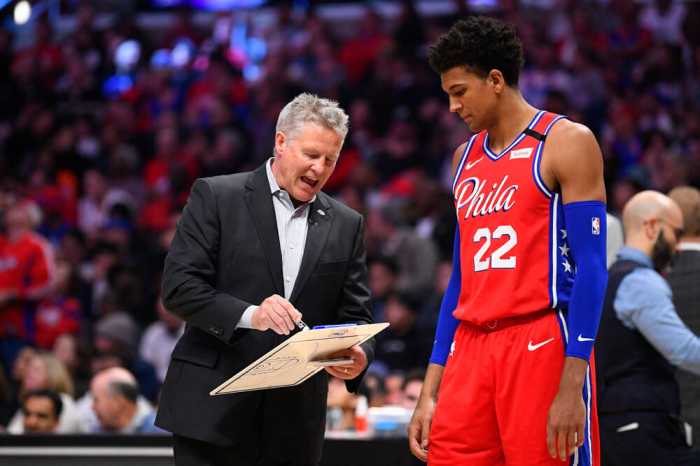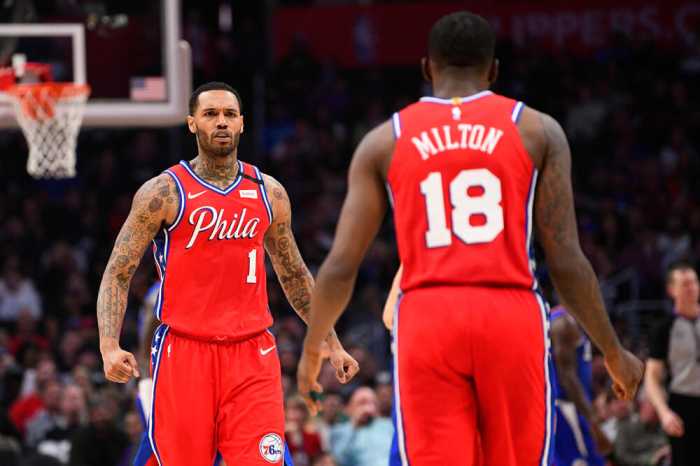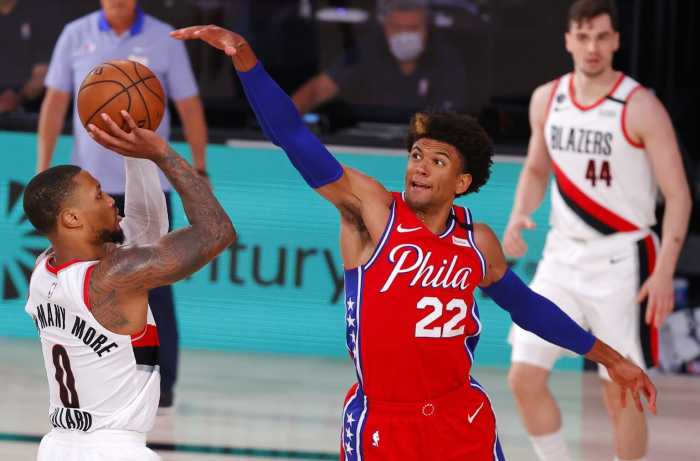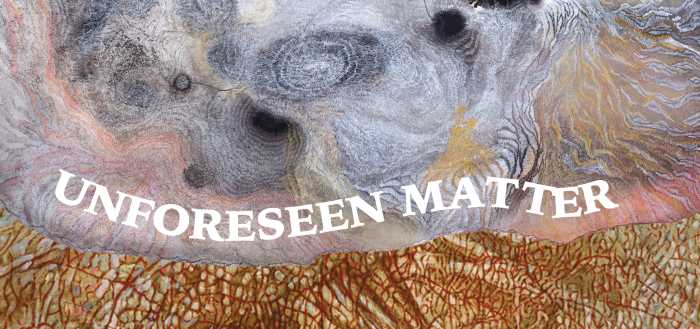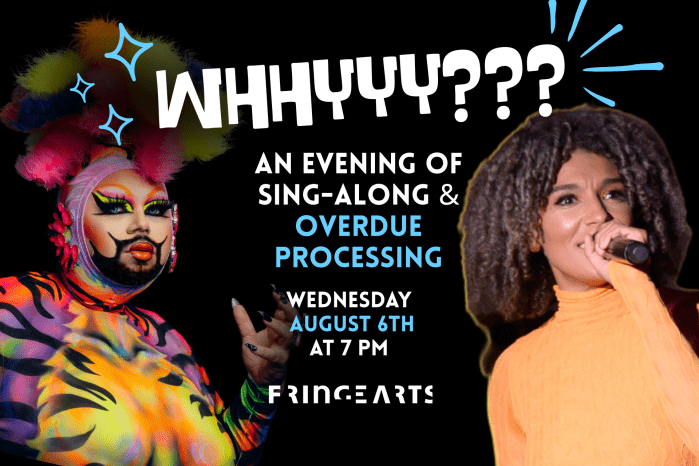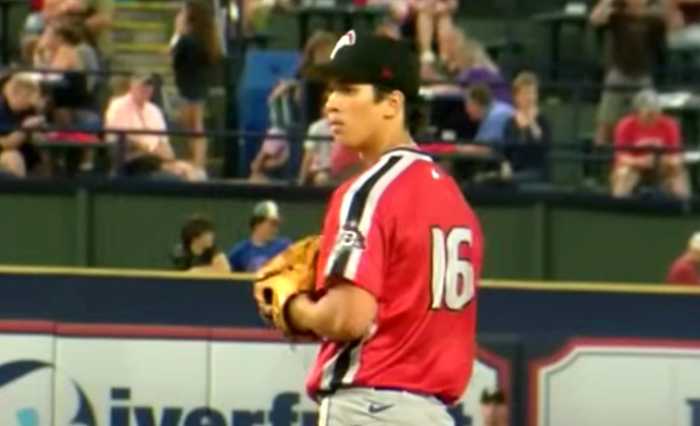It is tough to criticize Ben Simmons after a near masterful performance in Game one of the NBA playoffs where he secured 15 rebounds and dished out 15 assists, while playing a major role on the defensive end. While many are caught up on Simmons scoring just 6 points, the assists from the Sixers point guard generated 35 points for the team. Ben successfully kept the tempo on the offensive end and has been a major catalyst for the group’s success all season.
The lack of perimeter shooting in the game of Ben Simmons game has been continually talked about since his entry into the league. While it would obviously be ideal if he could develop as a shooter and add this to his game, it should not distract from all the things he does so well. However it isn’t his jump shot that serves as Achilles heel on the offensive end, but rather his free-throw shooting that should be looked at as the biggest weakness in his game.
Looking back at the career free-throw shooting of Ben Simmons
It has never been a secret that Ben has struggled at the charity stripe. Simmons shot 67% at the line in college and this was largely talked about in the pre-draft process. Unfortunately, things worsened in his professional career with Simmons knocking down free throws at just a 56% rate his rookie season. The LSU product has shown some growth in this area but still has a ways to go as he has shot 60%, 62.1%, and 61.3% from the line in the past three seasons.
Given Simmons’ style of play which focuses on attacking the basket and driving hard to the paint, it is inevitable that he will be fouled. His 6’10 athletic frame creates matchup problems and ultimately fouling him serves as the best option for opposing defenses. If Simmons can improve upon his shooting ability at the line, this would be a major benefit to the team as these are free points that are being passed upon. This has been seen in the play of Joel Embiid this season as he is shooting career-highs in free-throw percentage and attempts at 85.9% and 10.7 attempts per game. This forces defense to prioritize not fouling Embiid and makes his overall offensive game even more dangerous.
Perhaps even more concerning than the percentage is the lack of attempts at the line from Simmons. Ben shot a career-high 5.4 free-throw attempts during the 2018-19 season, which is a much lower number than a player of his physicality and playstyle should produce. There was great excitement early on in the season as there seemed to be an improvement as Simmons was shooting 5.6 FTA through the first 29 games of the season. He even shot an impressive 10 from 12 from the line in a matchup against the Detroit Pistons in January and shot 12 of 13 from the stripe in his career-high 42 point game against the Utah Jazz.
In total, Ben Simmons went into the all-star break shooting 5.4 free throw attempts per game and shot 67.1% at the line. This was a promising upswing as this was the highest percentage he had hit throughout his career. This trend did not stay as Simmons’ percentage at the line slipped to 53.3% during the second half of the season on just 4.4 free throw attempts per game. Ultimately, Simmons ended the season shooting 61.3% from the line which was his second-highest in his career, and attempted 4.9 attempts which is only above his total his rookie season.
Evidence in Game One:
The statistic that stands out in the box score regarding this is simply Simmons shooting 0 for 6 from the line. This obviously isn’t ideal, but the fact of the matter is Simmons will not shoot this bad on a regular basis.
What is more concerning is the impact that Simmons’ lack of free-throw shooting ability has on the end of game decision-making. Ultimately, he is the engine that makes the Sixers offense go. He is the best ball-handler the team has. However, in crunch-time, he is unable to continue with these duties. Following a missed three from Davis Bertans, Ben Simmons was immediately fouled with 43.9 seconds left and the Sixers leading by 5. Simmons missed both these free throws making it a failed chance to put the game away.
Thankfully, Russell Westbrook stepped out of bounds allowing the Sixers to get the ball back and for this possession to occur:
While there is not excuse for missing George Hill open in the corner or the questionable decision making from Joel Embiid to drive with 14 seconds remaining on the shot clock, the Wizards gameplay would have completely flip if Ben Simmons has touched the ball. Scott Brooks elected for the team to play the possession out with the Sixers four other above-average free-throw shooter swinging the ball, but if Ben Simmons had received the ball it likely would have resulted in free-throw shots.
The Sixers are a significantly better team than the Wizards and they missed a valuable chance to steal a game in which the Sixers had a lot go wrong. This free-throw shooting issue will likely not be one that is a major factor during this Wizards series but will increasingly become a concern as the playoffs progress. The idea of the ball being forced out of his hand in a close game due to fear of heading to the free-throw line is a major concern.
This will likely be a storyline to watch for the remainder of the playoffs and possibly the rest of the Aussie’s career. It is important to appreciate all that Simmons does do for the team and he is a major reason for the Sixers being able to secure a victory in game one. That being said, the lingering free-throw issues will likely be an increasingly relevant concern the deeper the Sixers climb into the playoffs and is a much more valid criticism than his unwillingness to shoot jump shots.
Photo by Stephen Lew/Icon Sportswire


